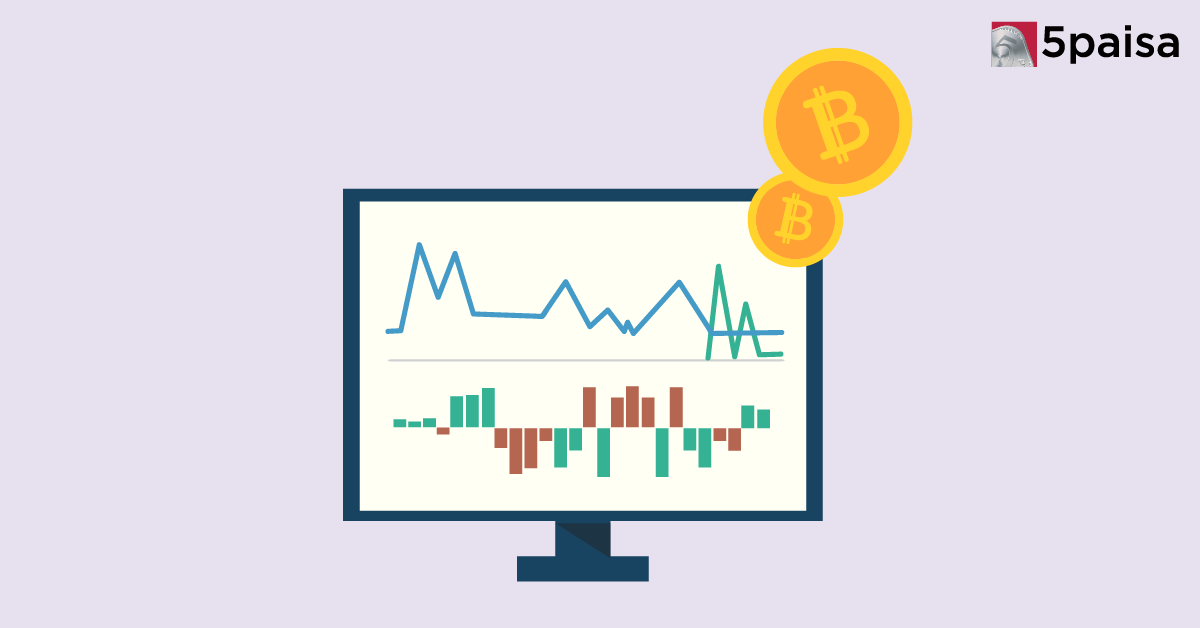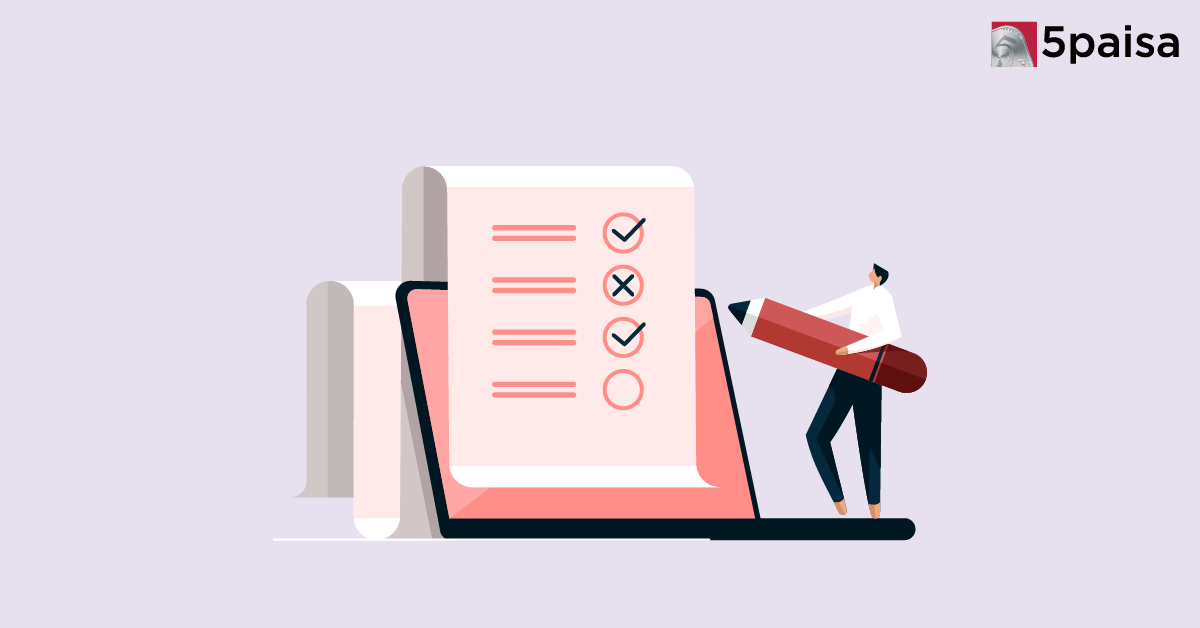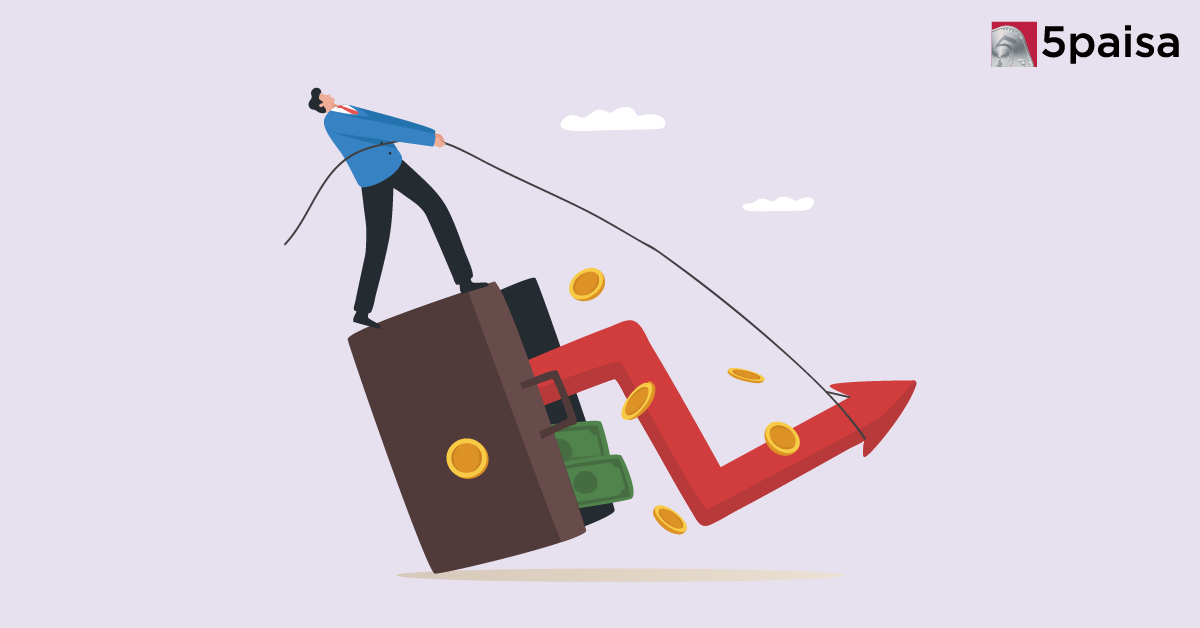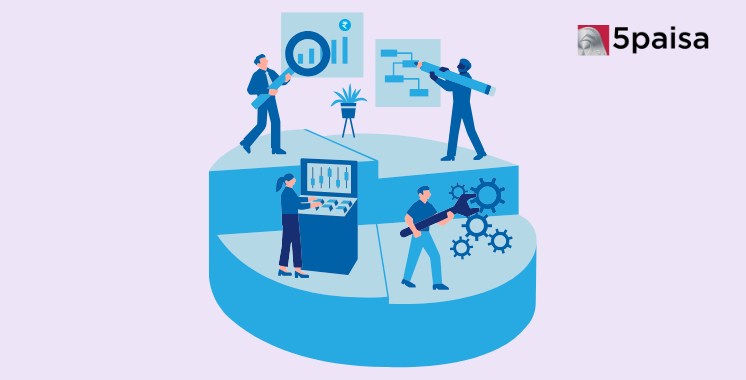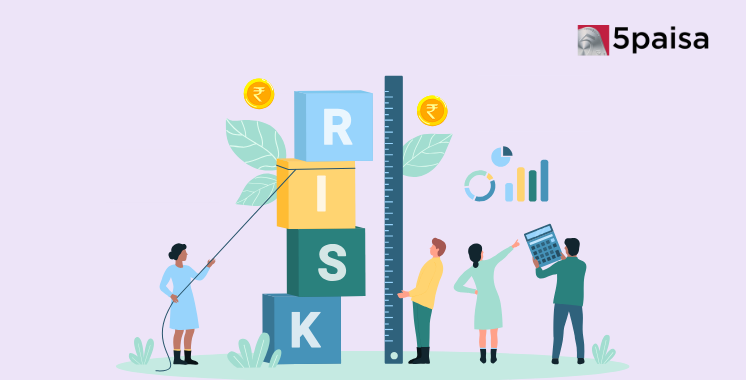Intraday in Stocks vs 24x7 Crypto Trading: Which Actually Works for Retail Investors?
What the new Oxfam report tells us about wealth inequality and how to fix it
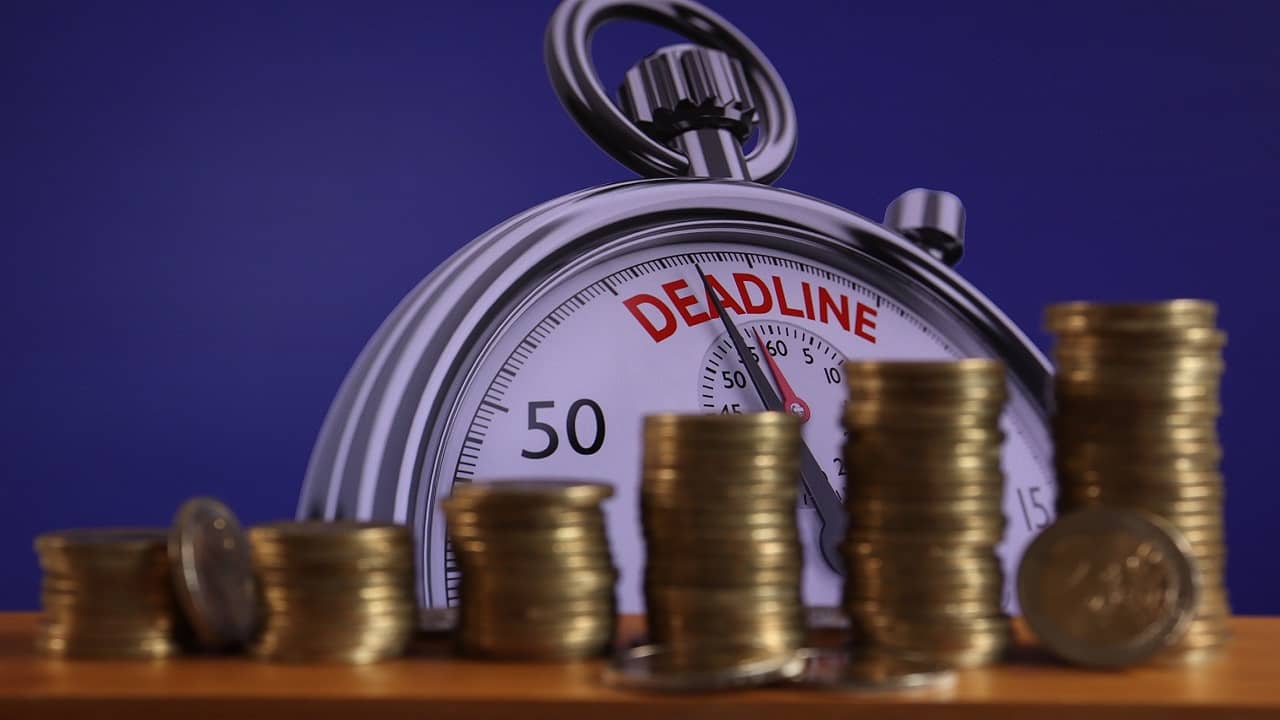
The rich, it appears, keep getting richer, even as a global recession stares us in the face.
The richest 1% of Indians own over 13 times more wealth than the bottom 50%, according to a report by Oxfam India. The top 5% own 61.7% of the total wealth, nearly 20 times more than the 3% owned by the bottom half, the Business Standard newspaper said, citing the report.
What does the report say about wealth inequality in India?
According to the "Survival of the Richest: The India Supplement'', released by the non-government organisation (NGO), wealth inequality gets denser on the top. More than half of the wealth of the top 10% of richest Indians is owned by the top 1%.
The share of the top 10% in India's total wealth has risen from 45% to 63% between 1981 and 2012. On the other hand, the wealth of the bottom half halved during the same period.
But do the wealthy share a bulk of the tax burden as well?
Not really. As per the report, the burden of the tax falls invariably high on the poor. The bottom 50% income group spends a higher percentage of their income on indirect taxes than the middle 40% and the top 10% combined.
The top 10% spend the least percentage of their income on taxes among the three groups.
And what about indirect taxes?
Sixty-four per cent of all Goods and Services Tax (GST) collections come from the bottom 50% and 4% from the top 10%. The report also said that the bottom 50% of the population pays six times more on indirect taxation than the top 10%.
Do economic hardships being suffered by Indians in the wake of the pandemic and other reasons impact Indian billionaires?
Apparently not. "While the country suffers from multiple crises like hunger, unemployment, inflation and health calamities, India's billionaires are doing extremely well for themselves. The poor meanwhile in India are unable to afford even basic necessities to survive. The number of hungry Indians increased to 350 million in 2022 from 190 million in 2018," said Amitabh Behar, chief executive officer (CEO) of Oxfam India.
What are the factors that impact inequality in wealth distribution?
Inequality changes with location, gender and caste. The bottom 50% of those living in rural India pay 3% more tax than the bottom half of the urban population.
Between 2018 and 2019, female workers earned 63 paise for every 1 rupee a male worker earned.
For Scheduled Castes and rural workers, the situation is worse. During the same period, SCs earned 55% and rural workers 50% of what the advantaged social groups and urban workers earned, respectively.
How does Oxfam suggest inequality be reduced?
The organisation suggested a reduction in the GST slabs on essential commodities. The rates can be hiked for luxury goods. It also suggested raising taxes on capital gains, which are subject to lower tax rates than other forms of income.
Additionally, the wealth of the top 1% should be taxed on a "permanent basis" with higher rates for millionaires, multi-millionaires and billionaires.
It added that the Centre should ensure workers in the formal and informal sectors are paid basic minimum wages.
- Flat ₹20 Brokerage
- Next-gen Trading
- Advance Charting
- Actionable Ideas
Trending on 5paisa
01
 5paisa Research Team
5paisa Research Team
Indian Stock Market Related Articles
Disclaimer: Investment in securities market are subject to market risks, read all the related documents carefully before investing. For detailed disclaimer please Click here.

 5paisa Research Team
5paisa Research Team
